
How to replace a brake caliper - tips and instructions!
Content
The brake caliper is an important component of any disc brake. The functionality of the brake caliper largely determines the braking performance of the vehicle. Therefore, damage and wear can significantly affect the safety of driving a car. For this reason, you should immediately deal with any damage to the brake caliper and replace it. We have prepared for you all the important information about the component, its replacement and cost.
Brake caliper: what is it?
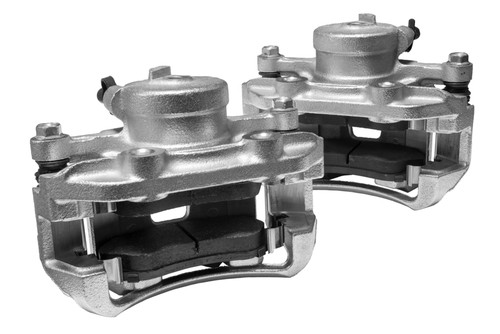
Stopping support responsible for the braking function . As a driver, when you apply your car's brakes, the brake caliper and the brake pads inside it are pressed against the brake disc by the brake piston.
Friction causes the vehicle to slow down and thus reduce its speed. As you can see damage or signs of wear to the brake caliper should be repaired as soon as possible . In the worst case, there is a risk complete loss of braking force which could lead to an accident.
Moreover If the repair is not carried out in a timely manner, there is a risk of much more expensive collateral damage, since the brake pads and the brake discs themselves may be affected. In this case, the replacement becomes even more significant.
So it makes itself felt brake caliper damage
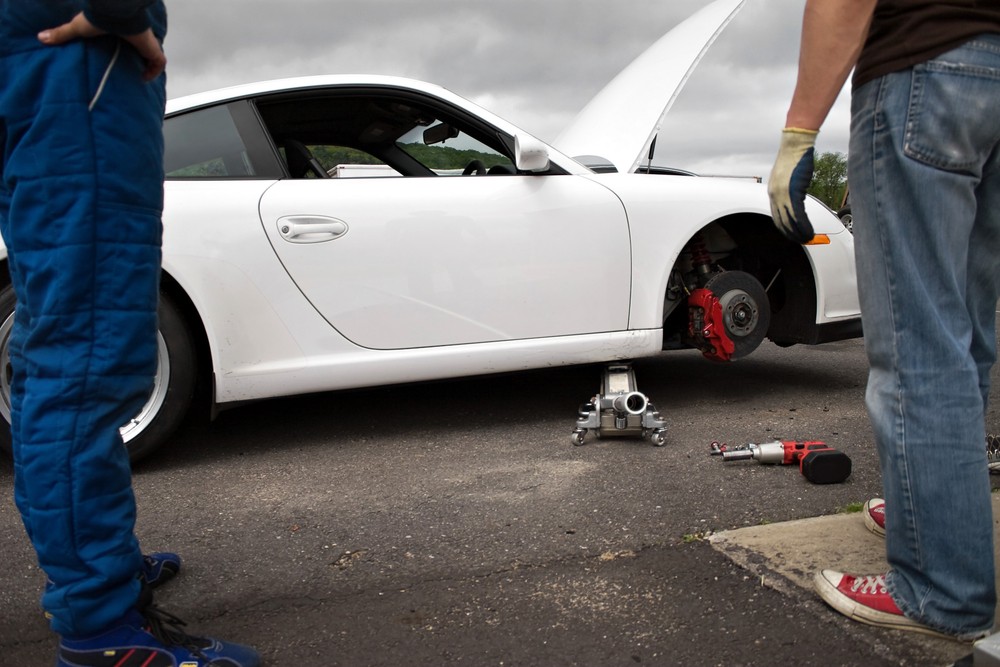
The problem with brake caliper damage is that symptoms can have other causes as well.
In any case, , if the following symptoms occur, check the entire brake system to quickly identify the problem.
You should pay attention to the following:
| 1. Noticeable resistance when pulling away, often accompanied by a grinding or screeching sound. 2. Noticeable heating of the tire and rim due to a stuck brake caliper. 3. Pay attention to your drives. If there is significantly more brake dust on the rim than usual, the brake on that wheel should be checked. 4. If the brake caliper is stuck, there is constant friction. It not only heats up, but also has a characteristic smell. If you smell such a smell, this is an important sign. |
All of these signs are important indicators and should not be ignored under any circumstances. In any case, verification should be carried out.
How often should a brake caliper be checked or replaced?

As a rule Every time you change tires, you should quickly inspect the entire brake system. There is no exact information about the intervals for checking or replacing wear parts such as brakes, because wear depends , among other things, on driving performance and driving style. Those who brake a lot and regularly wear out parts such as brake calipers or brake pads much faster than other drivers.
Replace the brake caliper yourself or have it replaced at a workshop?
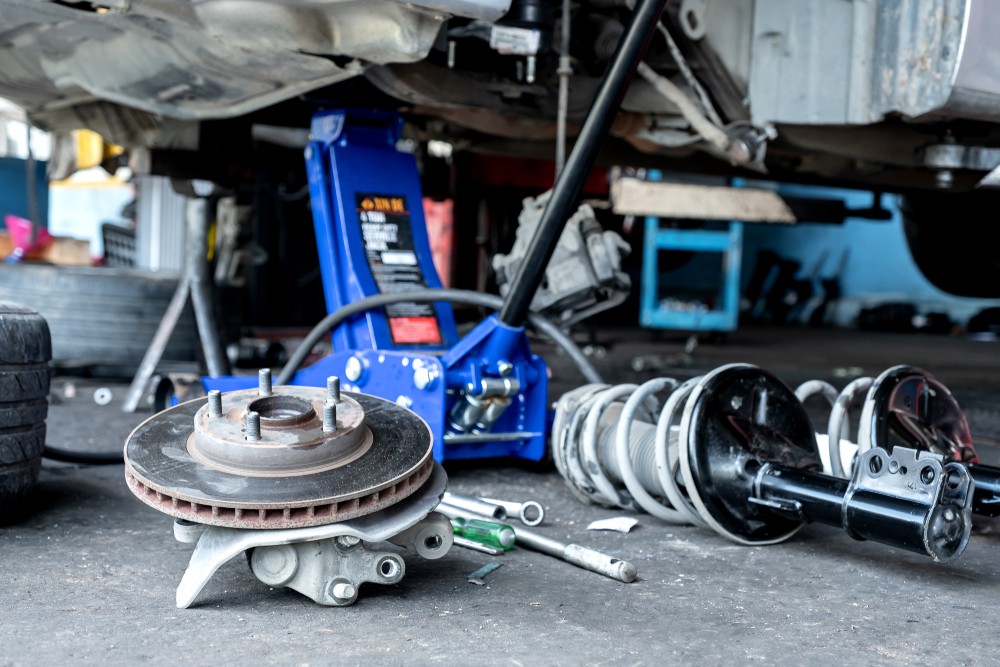
Basically It is recommended that the brake caliper be replaced only by a specialist workshop. Because it is an extremely important element of the car, necessary for driving safety.
But if you have the necessary tools and the necessary know-how, you also you can do this work yourself . The replacement itself is quite simple and uncomplicated.

Important: Brake discs and brake pads must always be replaced on both sides. However, this does not apply to the brake caliper. You can also replace it individually if needed.
Replacement tools
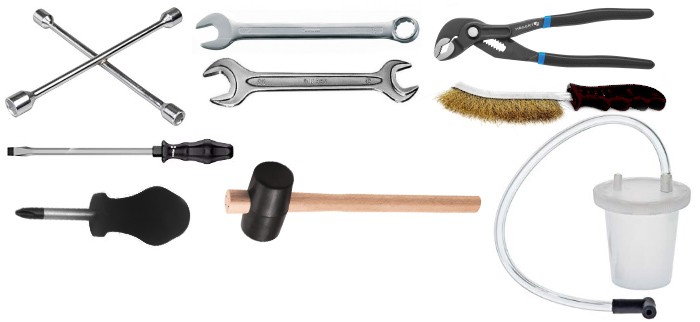
If you want to replace the brake caliper yourself, you should have the following tools:
| – Wheel cross – Combination key – open end wrench – Pliers for water pumps – Wire brush – Flat screwdriver - Crosshead screwdriver – Rubber mallet – Container for collecting brake fluid |
Replacing a brake caliper step by step

| – Jack up the vehicle or place it on a lifting platform. - Remove the wheels. – Clean the transition from the brake line to the brake caliper with a wire brush. – Install the receiving container. – Loosen the hollow bolt on the brake caliper with a suitable ratchet wrench. – Remove the screw completely and drain the brake fluid. – Loosen the clamp on the parking brake cable with a flathead screwdriver. – Pull the handbrake cable out of the guide. – Loosen the caliper screws (these are counter screws, so use two wrenches). – Remove the screws. – Disconnect the brake caliper from the holder – Remove brake pads and discs |
Before installation:
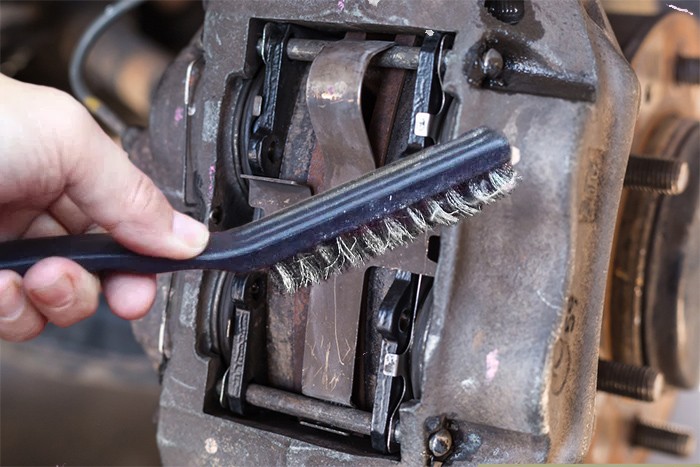
| – Thoroughly clean the brake pad seats and wheel hub with a wire brush. – Now assemble the brake caliper and all other elements in reverse order. – To install the brake line, remove the dust plug on the brake caliper. – Remove the banjo bolt and the seal underneath. – Install the brake line and secure it with the removed banjo bolt. – The last step is to fill in the brake fluid and bleed the brake system. |
Pay attention to the following when replacing
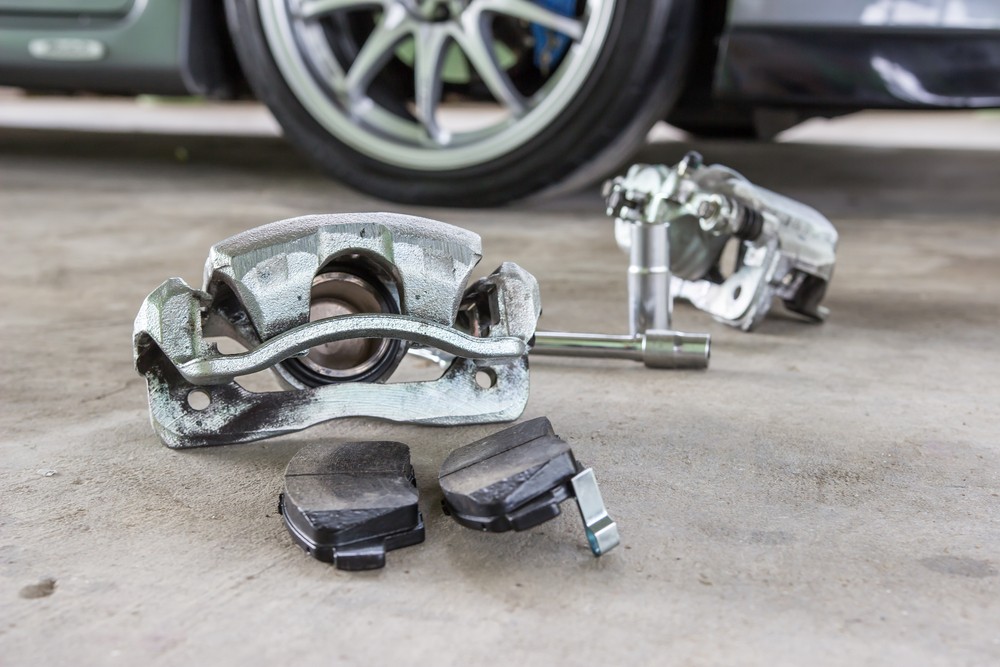
| Very important perform each step calmly and, most importantly, carefully . Errors in the performance of this work can, in the worst case, damage the drivability of the vehicle. It is also necessary thoroughly bleed the brake system after work . Because air in the brake system can have an unforeseen effect on braking performance. This means that stopping power may be lost within a few seconds. In addition, you must collect the leaked brake fluid and dispose of it in an appropriate specialized center . Brake fluid is harmful to the environment and must not be disposed of down the drain or otherwise with household waste. |
Costs to Consider

Replacing or repairing a brake caliper sounds pretty complicated. Therefore, it is not surprising that the workshop charges a high price for this service. A distinction should be made between maintenance or repair for minor damage and replacement.
Thus, replacing all the elements can be expensive. However, if you have no idea about car repair and have no experience in this, you should still use the services of a specialized workshop. Often the price can be further reduced if the customer brings spare parts himself. In any case, pay attention to original spare parts.
- Prices can also vary from workshop to workshop, depending on the vehicle.
- For maintenance and repairs, a specialist workshop usually charges between 30 and 90 euros per wheel.
- For a replacement, a specialized workshop charges from 170 to 480 euros per wheel, including spare parts.
- They cost between 90 and 270 euros alone, so they make up quite a large part of the cost of a workshop. By purchasing them yourself, you can often significantly reduce the bill and thereby minimize losses.